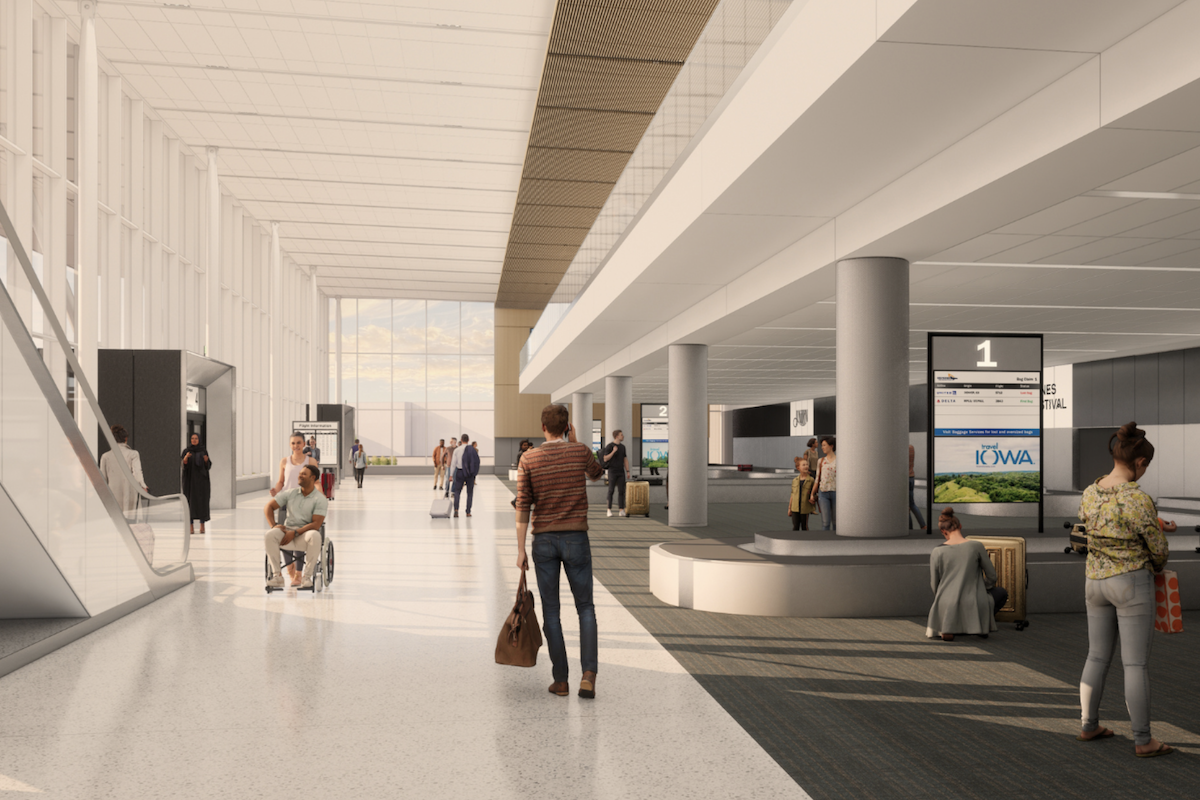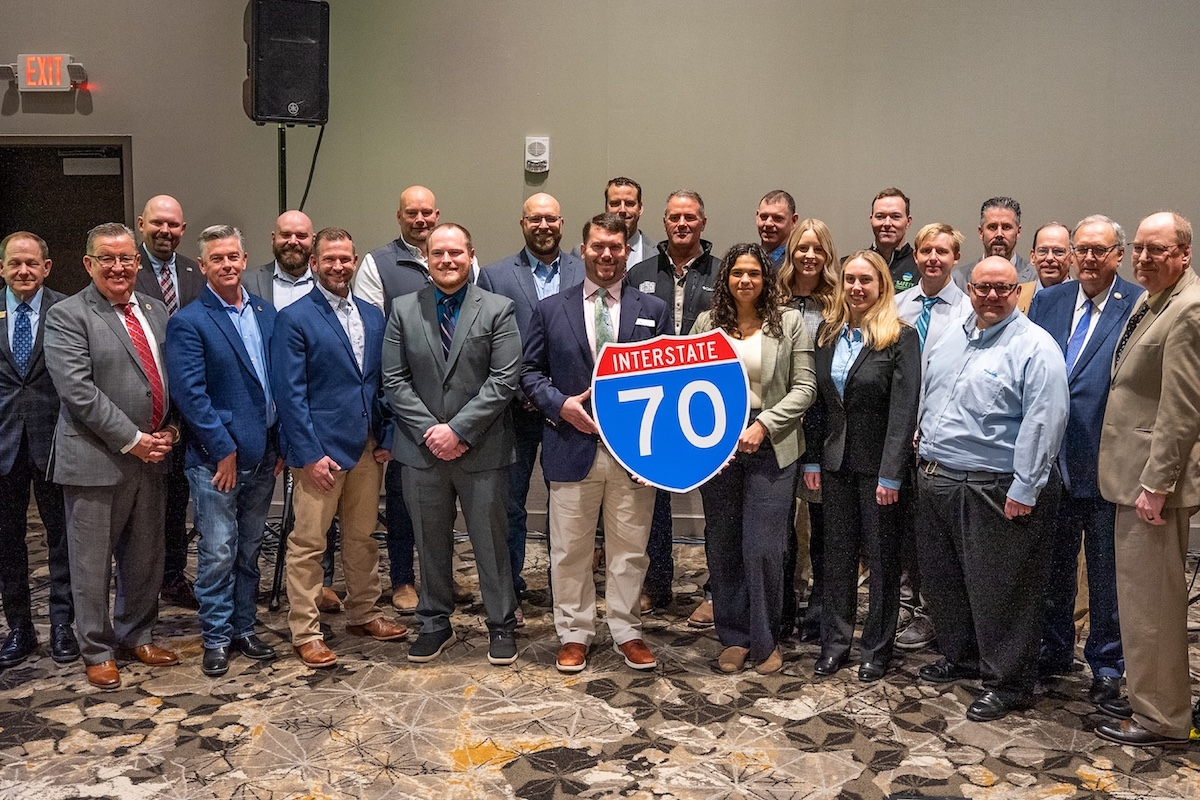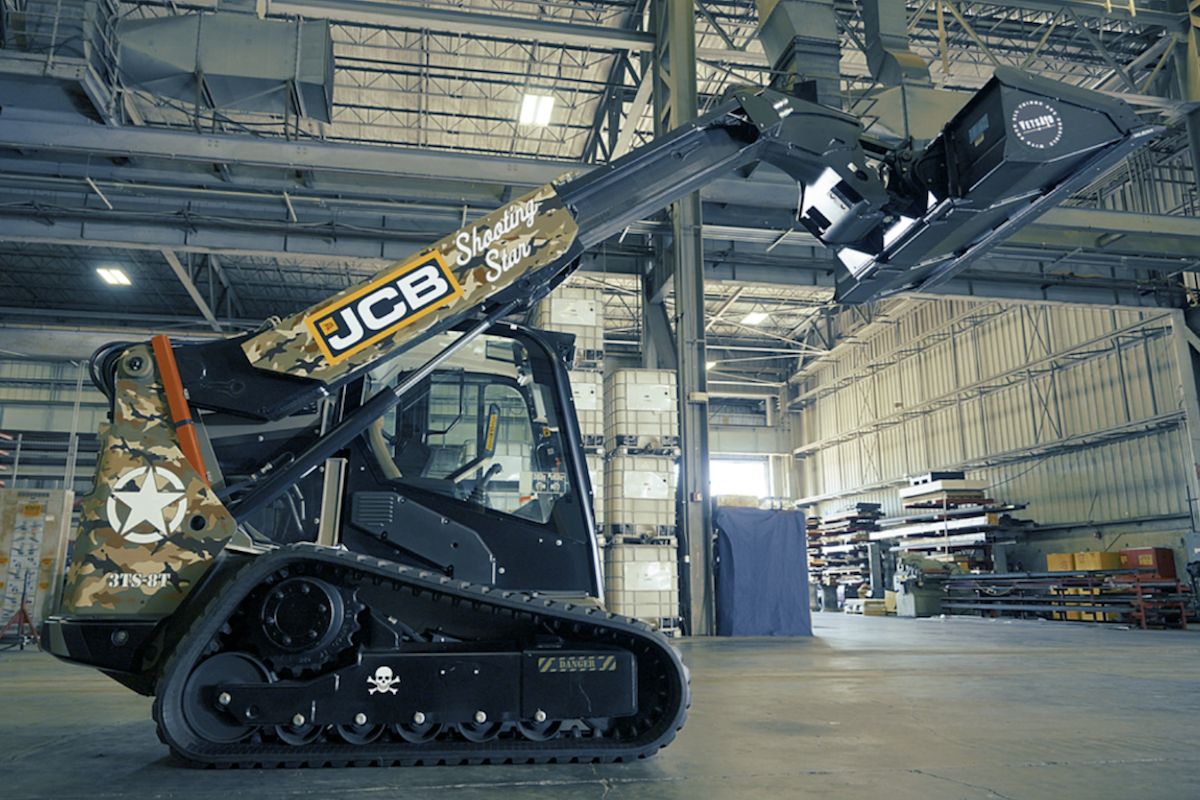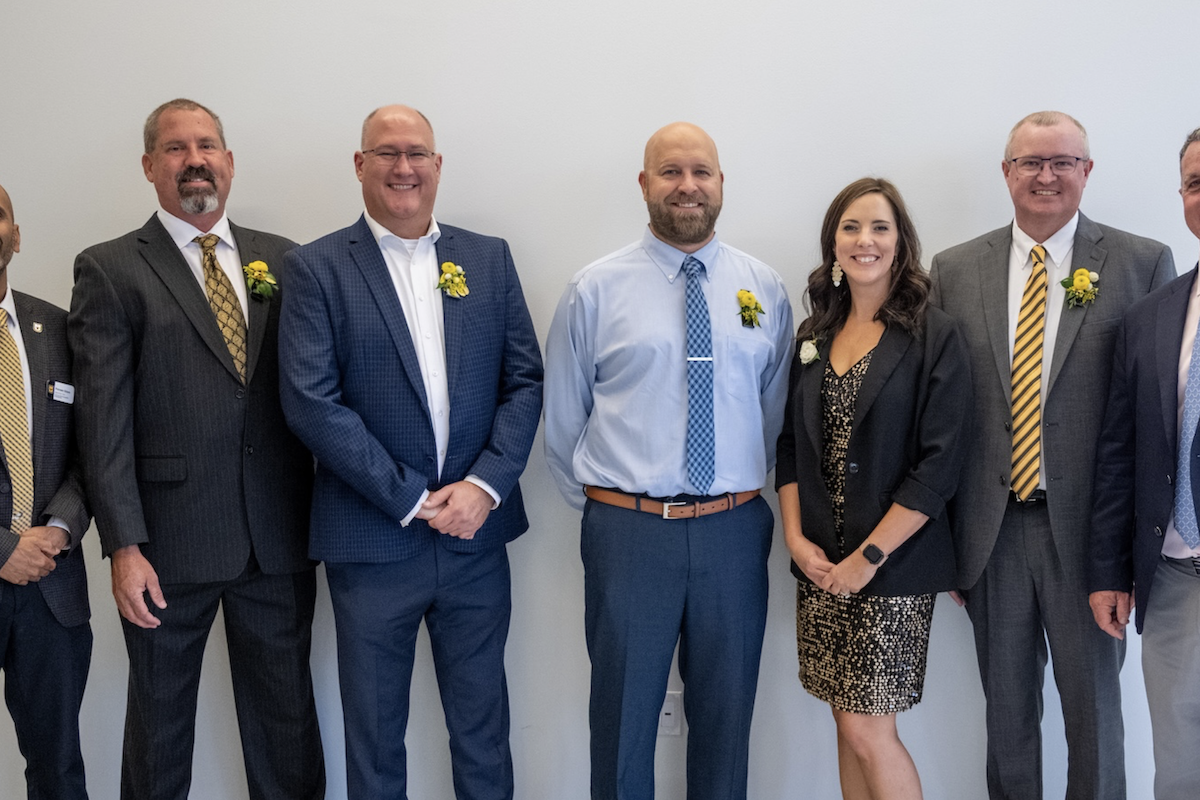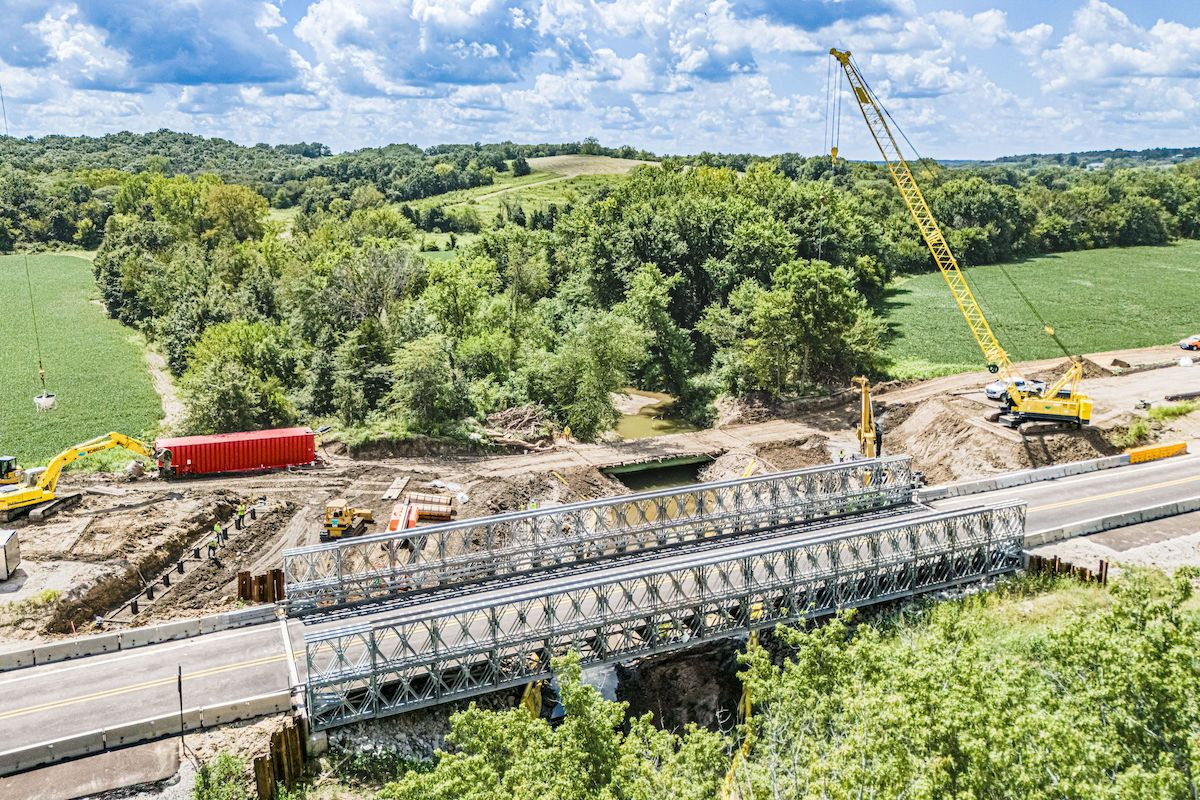“State DOTs are overwhelmingly focused on innovative solutions to address the transportation issues of today and tomorrow, meeting challenges involving climate change, equity, resiliency, and safety,” said Jim Tymon, Executive Director of AASHTO. “The America’s Transportation Awards program shows just how they’re doing that. Whether on foot, in a vehicle, on two wheels, or by rail or transit, state DOTs are continuing to advance a safe, multimodal transportation system.”
Eighteen projects in the Northeast Association of State Transportation Officials (NASTO) region were nominated by seven states and the District of Columbia for this year’s competition. The following three projects in the Constructioneer area were winners of the regional America’s Transportation Awards.
In the 1950s, entire blocks of homes and businesses were demolished in the Lower Hill District — a predominantly African American neighborhood — as part of the construction of the former Civic Arena. I-579 was also built during that time, which created tall retaining walls and interstate traffic that separated the Hill District from downtown. When the Civic Arena was demolished in 2012, PennDOT used that opportunity to reconnect the neighborhood through the I-579 Urban Open Space Cap Project.
This first-of-its-kind, $30-million park improves pedestrian and bicycle access to the area by functioning as a “cap” over I-579. PennDOT obtained input from residents of the Hill District, which led to including integrated art, bike pathways, and green infrastructure in the project. The park also includes story walls featuring the history of the Hill District; seat drums and chimes from local artists; outdoor classroom space; performance and green spaces; an amphitheater; and a bike-share station. Native trees, shrubs, and grasses help reduce noise from the interstate and relieve heat island effects.

| Your local Gehl Co dealer |
|---|
| Star Equipment LTD |
“It [this project] was extremely thoughtful,” said Cheryl Moon, PennDOT District 11 District Executive. “The project itself was the bridge that connected the community in a way. It really tells a story. It really brought in a community culture that had been disconnected for many years, and it brought us back together.”
“As we were looking at solutions to address the safety issues, we also saw opportunities to make significant improvements in the corridors for other users, particularly bicyclists and pedestrians,” said Brian Hoffmann, Regional Design Engineer. “In general, it was an overbuilt corridor with many lanes and very long crosswalks. It was very unfriendly to pedestrians and bicyclists. So we took the opportunity to address those needs.”
The $23-million project has improved downtown Utica by making roadways safer and more accommodating with the following improvements:
- Right-sizing corridors by eliminating unnecessary travel lanes and frontage streets
- Reducing median widths to lower travel speeds and shorten pedestrian crossing distances
- Dedicated off- and on-street bicycle lanes
- Re-purposing a two-lane bridge to accommodate a new multi-use path connecting downtown and north Utica
- A new roundabout that eliminated right angle crashes and restored previously prohibited left turn movements
- Pedestrian crosswalks enhanced with rapid flashing beacons
- Audible pedestrian countdown signals at all signalized intersections
- Beautification with plantings, decorative lighting, bollards, benches, planters, and trash receptacles
This redesign of two significant corridors has improved all modes of transportation in the Utica community, along with improving traffic flows, reducing vehicle speeds, dramatically cutting crashes, and improving accessibility and mobility.
“It feels like we gave a corridor back to the city,” said Linda Lubey, Regional Director for NYSDOT Region 2. “We gave them back the city streets to some degree. It still is a state highway that services the needs of commuters, but now it’s servicing all modes of traffic safely.”

| Your local Trimble Construction Division dealer |
|---|
| SITECH Central LLC |
Located in one of the country’s most densely populated regions, restoring the 84-year-old Paterson Plank Road Bridge was no easy feat. While working on the bridge, NJDOT had to keep 150,000 vehicles and nearly 2,000 commuter buses transporting more than 63,000 passengers moving through the jobsite every workday.
“This is the busiest road that goes right to Midtown Manhattan, and there’s no alternate route in the immediate vicinity,” Supervising Engineer William Eric Neu said. “It’s either the local streets or this highway, so we couldn’t really divert traffic. … Building the bridge, fully replacing the bridge deck, and keeping traffic flowing through a major artery was a pretty big event.”
Prior to this project, commuters experienced frequent delays due to the emergency repairs to the Paterson Plank Road Bridge, which was rated as structurally deficient and functionally obsolete. After the project’s completion, the bridge’s useful service life has extended to an estimated 75 years and motorists have experienced a safer, faster, and more reliable commute.















